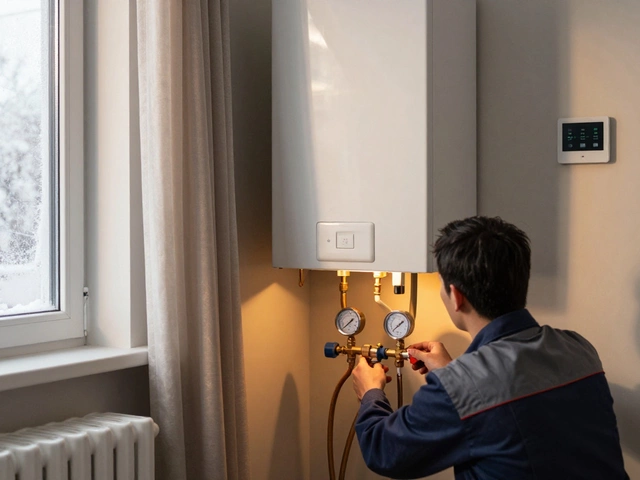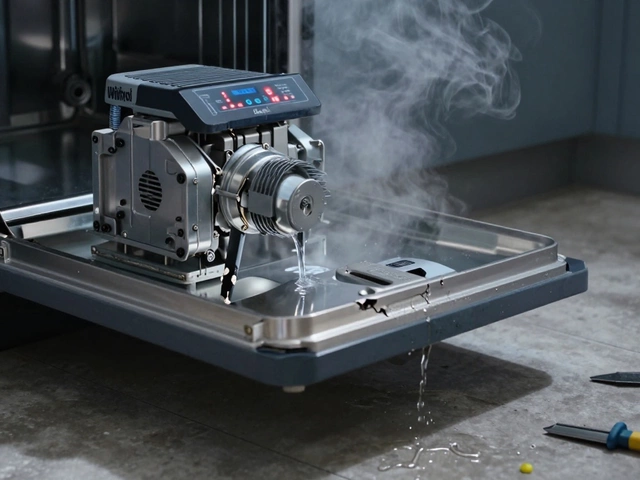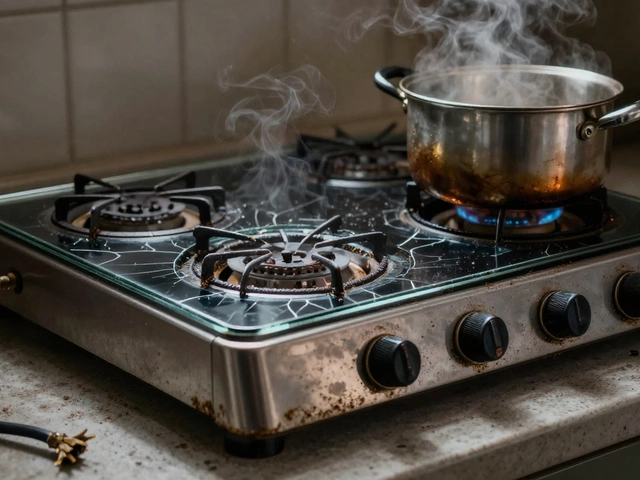Oven repair tips – simple fixes you can try at home
If your oven stops heating, makes weird noises, or shows error codes, you don’t need to panic. Most kitchen ovens have a few easy‑to‑check parts that you can look at before picking up the phone. In this guide we’ll walk through the most common problems, quick DIY steps, and the signs that it’s time to let a professional handle it.
Common oven problems and quick DIY fixes
Oven won’t heat. First, check the power supply. Make sure the plug is fully seated and the circuit breaker hasn’t tripped. If the oven runs on gas, verify the gas valve is open and the igniter glows when you turn the knob. A burnt‑out igniter is cheap to replace – just unscrew the old one, snap in a new one, and test.
Temperature is off. Use an oven thermometer to see how far off the displayed temperature is. If it’s consistently high or low, the thermostat may need recalibration. Many models let you turn a small screw on the back of the temperature sensor. Turn it a little at a time, retest, and stop when the reading matches the set temperature.
Strange error codes or a blank display. Reset the oven by turning off the power at the breaker for one minute, then turn it back on. This often clears minor control board glitches. If the code comes back, note the pattern – most manuals list what each code means, pointing you to a faulty sensor, door latch, or control board.
Door won’t close properly. Check the door hinges and latch for debris or warped parts. A small amount of kitchen grease can gum up the hinges; a quick wipe with a damp cloth usually fixes it. If the latch is broken, a replacement part costs a few pounds and is straightforward to install.
Rattling or buzzing noises. Loose heating elements can cause vibration. Open the oven door, locate the element, and gently wiggle it. If it moves, tighten the mounting screws. While you’re in there, inspect the element for cracks – a cracked element must be replaced.
Knowing when to call a professional
DIY fixes are great for simple issues, but some problems need a qualified technician. If you see any of the following, stop the DIY attempt and schedule a service:
- Gas smells or a clicking igniter that never lights – gas leaks are dangerous.
- Repeated control board failures after resets – the board may need a professional diagnostic.
- Burnt wiring, scorch marks, or melted components – electrical safety is paramount.
- Older ovens (10+ years) that keep breaking – sometimes replacement is cheaper than endless repairs.
Our team at Weymouth Appliance Repair Services can handle everything from control board swaps to full oven overhauls. We’ll give you a clear cost estimate before any work starts, so you won’t get surprise fees.
In short, start with the easy checks: power, igniter, thermostat, door latch, and heating element. Reset the unit, see if the error clears, and only move on to parts replacement if you’re comfortable with basic tools. When safety or repeated failures become a concern, call a pro to avoid bigger headaches.
Keeping these tips in mind will save you time, money, and the stress of a cold dinner. Got a stubborn oven issue? Try the steps above, and if they don’t work, we’re just a call away.
Oven Heating Element Replacement Cost: What to Expect and How to Save
- Alden Wilder
- Jun 26 2025
- 0 Comments
Wondering how much to replace an oven heating element? Get the real numbers, helpful tips, and must-know facts for a smooth repair—especially if you live in Canada.
View More




